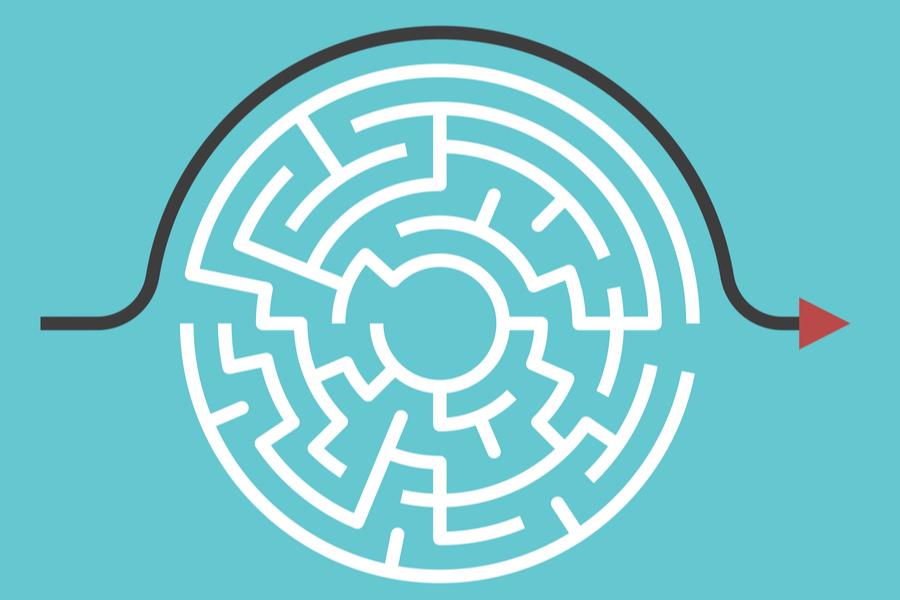Simplicity is important to win the market
A product or service can be as complex as a Swiss watch, but it needs to be elegant and simple enough like the dial for easy use by the customer. Brands need to focus on cleaning the clutter to convert intenders into buyers
Mastering complication is the highest test of marketing ability. But complex need not mean complicated. German Field Marshal Paul von Hindenburg said, “In war, only what is simple can succeed”. Simplicity wins. The reason why Google, Apple or Netflix have been so successful is reflected in the deliberate simplicity of their products. A brand must be obliged to clean the clutter. In our hypercompetitive world, technical or major quality differences may be rare to find but what gives a superior differentiation is customer experience. Simpler is better. Like a Swiss timepiece, the complication of no-nonsense, flawless, timekeeping sits below the dial face. But above it, there is only elegance—and simplicity.
American Associate Justice of Supreme Court Oliver Wendell Holmes Jr. once said, “I would not give a fig for the simplicity this side of complexity, but I would give my life for the simplicity on the other side of complexity”. This is a guiding thought that all product managers, developers, innovators and, above all, marketers should keep in mind. Additions that complicate, follow the law of marginal futility. Feature creep is the commonest weed of digital marketing.
Merely ramping up messaging doesn’t help. Overloading the customer with information at each interaction positively distracts and deters. One has to be consciously wedded to minimalism, think visually, and always look to cut steps.
As a part of leading a digital transformation, I have always looked for what seems to matter to consumers. What converts intenders into buyers once they are aware? I have evaluated multiple welding points for customer engagement—perception, price, consideration, promotion, buzz, and many more. When it comes to the growing legions of digital intenders, what matters seems to be ‘simplicity’.
The ease with which your brand can be searched, understood, compared, booked and purchased makes you win. To understand customers’ ease, marketers have to think in terms of customer journeys. When defining a customer journey, many companies focus on narrow episodes of a customer’s experience—the onboarding or payment process for instance—rather than on a broader concern or need. This focus on transactional touchpoints reinforces silo-ed ways of working. For customers, all of these touchpoints are parts of the same journey. Customer journey programs work only when they are cross-functional and front to back in scope.
Discrete incremental improvements won’t cut it. Companies should take their cue from digital natives and reorganise change initiatives around the customer journey. Customer-journey-at-scale transformation draws on the principles of human-centric design, agile ways of working, and the latest digital and other cutting-edge capabilities while employing best practices in change management.
The marketer’s job is not to own mindspace alone but to mould it into a decision by offering trustworthy information that makes the intender navigate the purchase ecosystem faster and more confidently.
One other common failure that breeds complexity is the inability to recognise typologies and cohorts. When data is abundant, it also leads to confusion. That’s why A/B testing and other optimisation experiments must focus on search paths, comparison journeys and purchase modalities. The most efficient way is for the brand to ensure that once logged in, the consumer has to encounter a minimum number of information sources and move smoothly to purchase. This is done via addressing use case types. Personalisation doesn’t mean breeding infinite complexity.
The way to do this is to listen well and be data-obsessed. Actively triangulate with the help of social media activity, content effectiveness, clickstream performance analysis that is married to qualitative pick up. The derived actions must be put in the iterative loop again. It is about the endless iterations to a never reached perfection.
Scotch makers have collaborated to marry whiskey flavours to the map of Scotland. Any karate student can be judged for ability by the belt she wears. De Beers categorised all diamonds via the 4Cs – Cut, Colour, Clarity, and Carat. Apple dominated the MP3 market because iPods and iTunes were easy to use. McDonalds has standardised menu, delivery, configuration, and (PPP) price across the world.
Finally, beyond comprehension, simplicity also breeds trust. To repeat, customer experience is the proving ground for loyalty. Therefore look at everything with the customer's eyes. The key to the kingdom is simplicity. Simplify to solve problems, save customers’ effort and time and earn their trust.
It's truly that simple!
The writer is a global head of marketing and brand for Royal Enfield. Views are personal.
The thoughts and opinions shared here are of the author.
Check out our end of season subscription discounts with a Moneycontrol pro subscription absolutely free. Use code EOSO2021. Click here for details.
